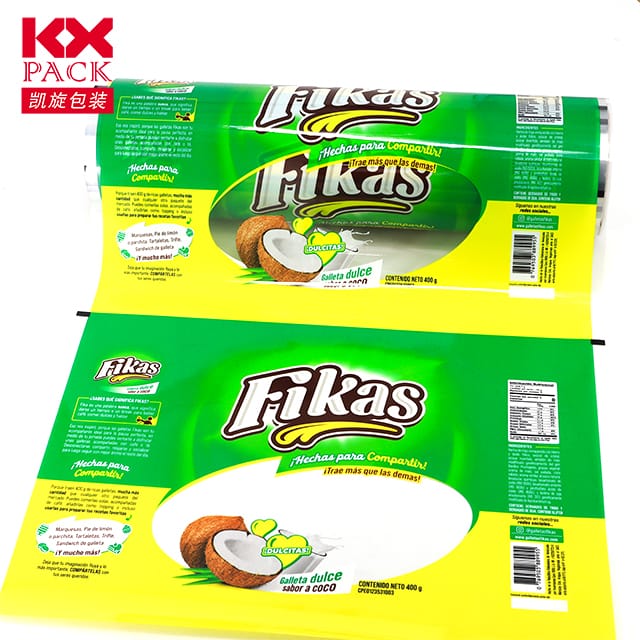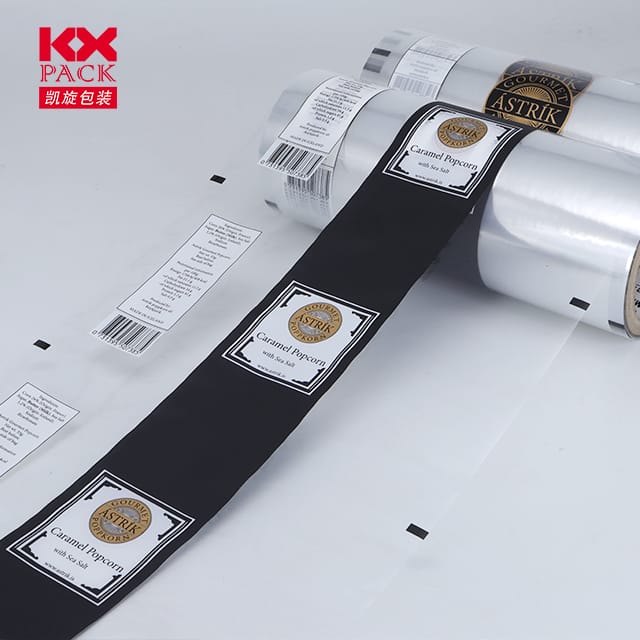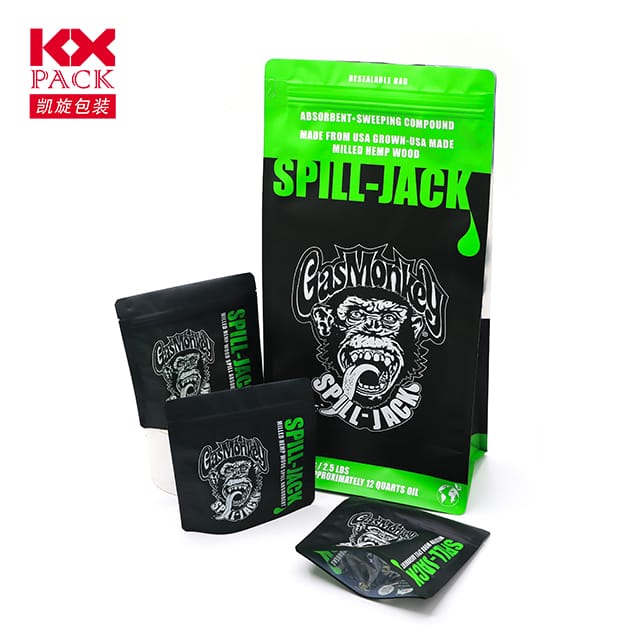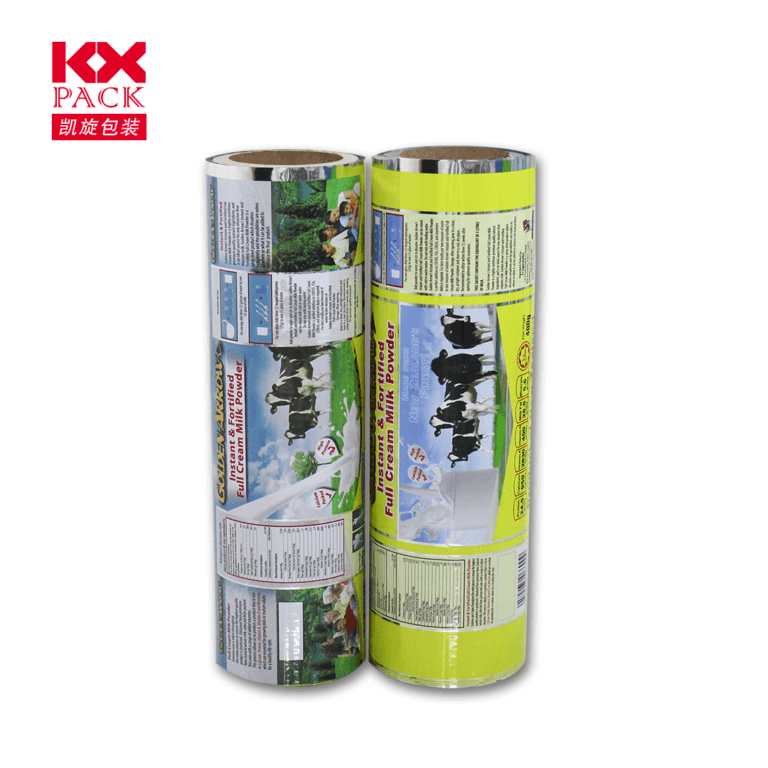Иновације и одрживост у фолистима за паковање хране: Свеобухватан преглед
Фотографије за паковање хране
In the dynamic landscape of the food industry, Фотографије за паковање хране играју кључну улогу у осигуравању безбедности хране, квалитета, и дуговечност. Ови филмови не само да штите храну од спољних контаминаната, већ и продужују рок трајања, смањују отпад, и побољшати жалбу потрошача. As the global demand for sustainable and high-performance packaging solutions continues to grow, the field of food packaging films is witnessing remarkable innovations.
Market Overview and Growth Trends
The global food soft packaging film market is experiencing robust growth, driven by increasing consumer awareness of food safety, environmental sustainability, and the demand for convenient, ready-to-eat foods. According to a recent report by QYResearch, the global food soft packaging film market size was approximately 35,817.3miллиооф2023anдисprojecтeдтoreацh51,968.8 million by 2030, with a compound annual growth rate (Кагр) оф 6.4%. This growth is attributed to several factors, including the rising popularity of fresh and minimally processed foods, advancements in packaging technology, and stringent food safety regulations.
Полиетилен (ПЕ) currently dominates the market, accounting for around 31.7% of the total share, due to its excellent physical properties, chemical stability, и економичност. Полипропилен (ПП) и полиетилен терефталат (КУЋНИ ЉУБИМАЦ) are also significant players, with increasing adoption in various food packaging applications.
Types of Food Packaging Films
1. Traditional Plastic Films
PE and PVC films are widely used in the food packaging industry. PE films are known for their flexibility, chemical resistance, and environmental friendliness. They are commonly used to package fruits, поврће, меса, and bread, providing effective moisture and oxygen barrier properties. PVC films, с друге стране, offer high transparency, mechanical strength, and excellent processability, making them suitable for short-term food preservation and covering.
2. Biodegradable and Green Films
In response to growing environmental concerns, the development of biodegradable and green packaging films has gained significant traction. These films are derived from renewable resources such as polysaccharides, proteins, and synthetic aliphatic polyesters, offering a sustainable alternative to traditional petroleum-based plastics. Non-solvent phase inversion (NIPS) and electrospinning techniques have emerged as promising methods for fabricating biopolymer-based films with enhanced barrier properties and mechanical strength.
Innovations in Food Packaging Films
1. Multilayer Co-extrusion Technology
Multilayer co-extrusion technology allows the combination of different polymers to create films with tailored properties. На пример, a core layer of ethylene-vinyl alcohol copolymer (Евох) can be sandwiched between two outer layers of ethylene propylene terpolymer (EPT), providing excellent oxygen barrier performance while maintaining optical clarity and shrink properties. This technology is particularly useful in packaging perishable foods, where extended shelf life is critical.
2. Интеграција нанотехнологије
The incorporation of nanofillers, such as silver nanoparticles (AgNPs), titanium dioxide (TiO2), and chitosan, into biopolymer matrices has revolutionized the functional properties of food packaging films. These nanofillers enhance mechanical, optical, thermal, and barrier properties, while also imparting antimicrobial and antioxidant effects. На пример, AgNPs have been shown to effectively inhibit the growth of bacteria and fungi, reducing the risk of food spoilage and contamination.
3. Паметне фолије за паковање
Smart packaging films integrate advanced technologies to provide real-time information about food quality and safety. These films can monitor parameters such as temperature, humidity, and gas composition, alerting consumers to potential spoilage or contamination. На пример, временско-температурни индикатори (TTIs) and gas sensors can be embedded into packaging films to track the freshness of perishable foods during storage and transportation.
Изазови и будући правци
Despite the numerous advancements in food packaging films, several challenges remain. The high cost of biodegradable materials and the limited scalability of production processes pose significant barriers to widespread adoption. Додатно, the safety and regulatory compliance of nanofiller-based films require further investigation to ensure consumer trust and market acceptance.
Гледајући унапред, the future of food packaging films lies in the development of sustainable, multifunctional, and intelligent packaging solutions. Researchers are exploring novel biopolymers, such as polyhydroxyalkanoates (PHAs) and polylactic acid (Плашт), as well as innovative processing techniques to enhance the performance and affordability of green packaging materials. Furthermore, the integration of circular economy principles, such as recycling and composting, will be crucial in reducing the environmental impact of food packaging waste.
У закључку, food packaging films are at the forefront of innovation in the food industry, driving advancements in food safety, квалитета, и одрживост. As the market continues to evolve, the development of high-performance, eco-friendly packaging solutions will be essential in meeting the changing needs of consumers and the environment. By embracing new technologies and materials, the food packaging industry can pave the way for a more sustainable and resilient future.







